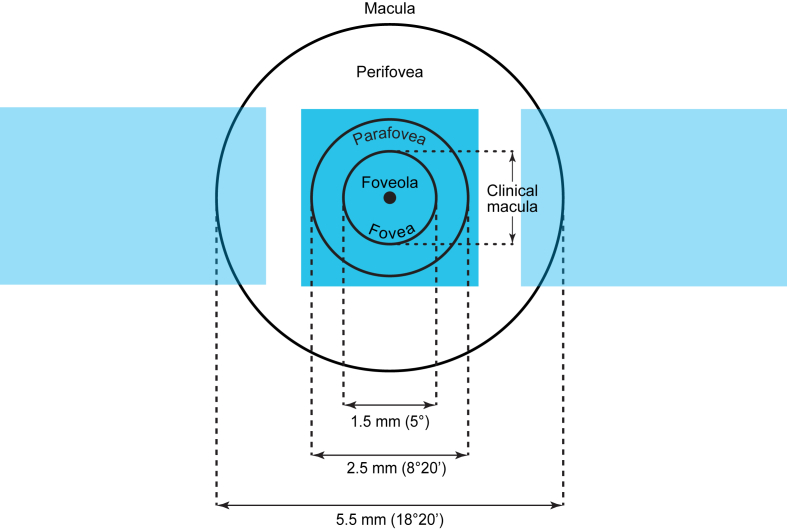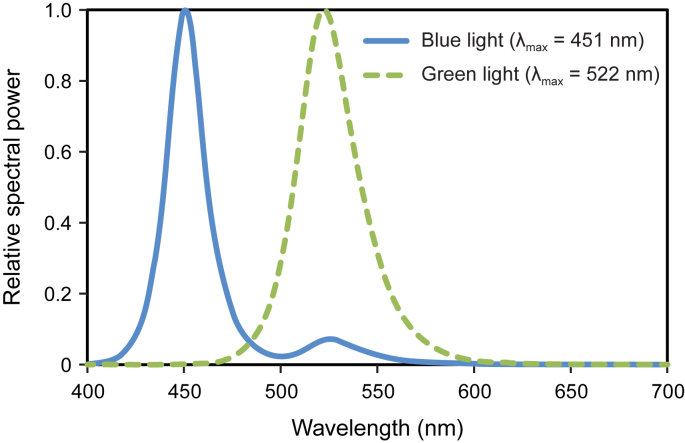Spatial sensitivity of human circadian response: Melatonin suppression from on-axis and off-axis light exposures
Abstract
A better understanding of the spatial sensitivity of the human circadian system to photic stimulation can provide practical solutions for optimized circadian light exposures. Two psychophysical experiments, involving 25 adult participants in Experiment 1 (mean age = 34.0 years [SD 15.5]; 13 females) and 15 adult participants in Experiment 2 (mean age = 43.0 years [SD 12.6]; 12 females), were designed to investigate whether varying only the spatial distribution of luminous stimuli in the environment while maintaining a constant spectrally weighted irradiance at the eye could influence nocturnal melatonin suppression. Two spatial distributions were employed, one where the luminous stimulus was presented On-axis (along the line of sight) and one where two luminous stimuli were both presented Off-axis (laterally displaced at center by 14°). Two narrowband LED light sources, blue (λmax = 451 nm) for first experiment and green (λmax = 522 nm) for second experiment, were used in both the On-axis and the Off-axis spatial distributions. The blue luminous stimulus targeting the fovea and parafovea (On-axis) was about three times more effective for suppressing melatonin than the photometrically and spectrally matched stimulus targeting the more peripheral retina (Off-axis). The green luminous stimulus targeting the fovea and parafovea (On-axis) was about two times more effective for suppressing melatonin than the photometrically and spectrally matched stimulus targeting the more peripheral retina (Off-axis).




 求助内容:
求助内容: 应助结果提醒方式:
应助结果提醒方式:


